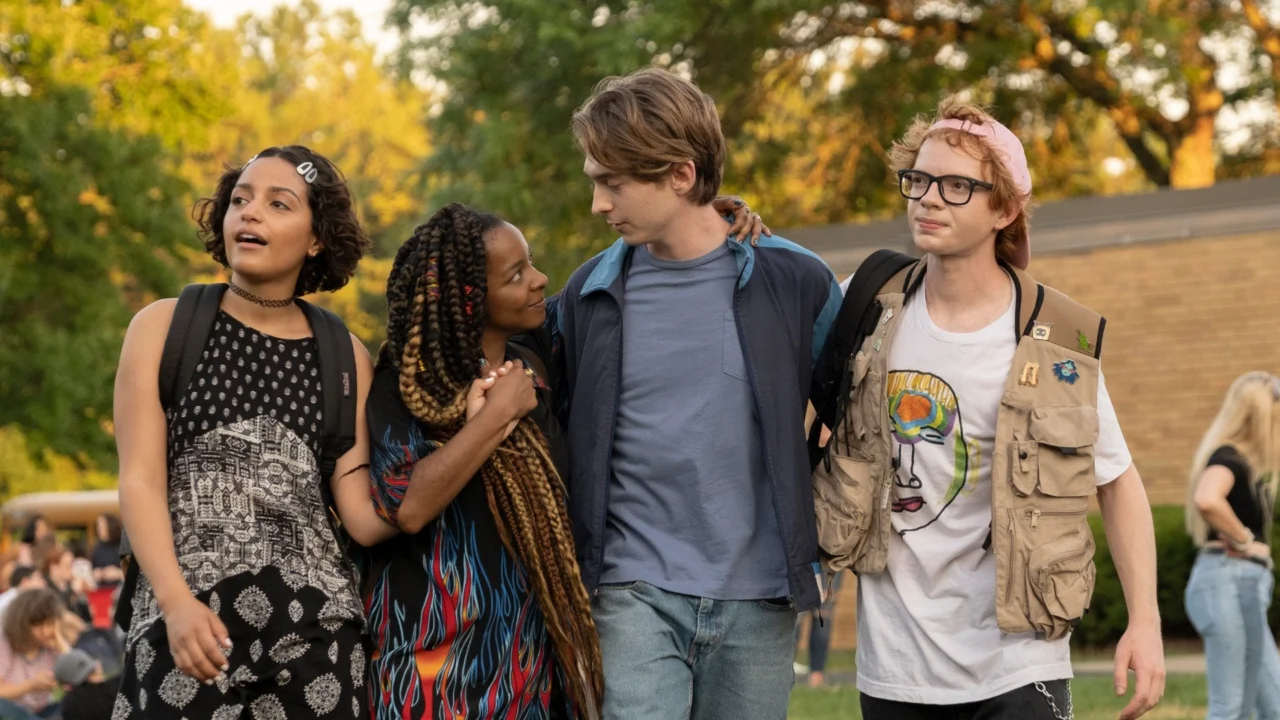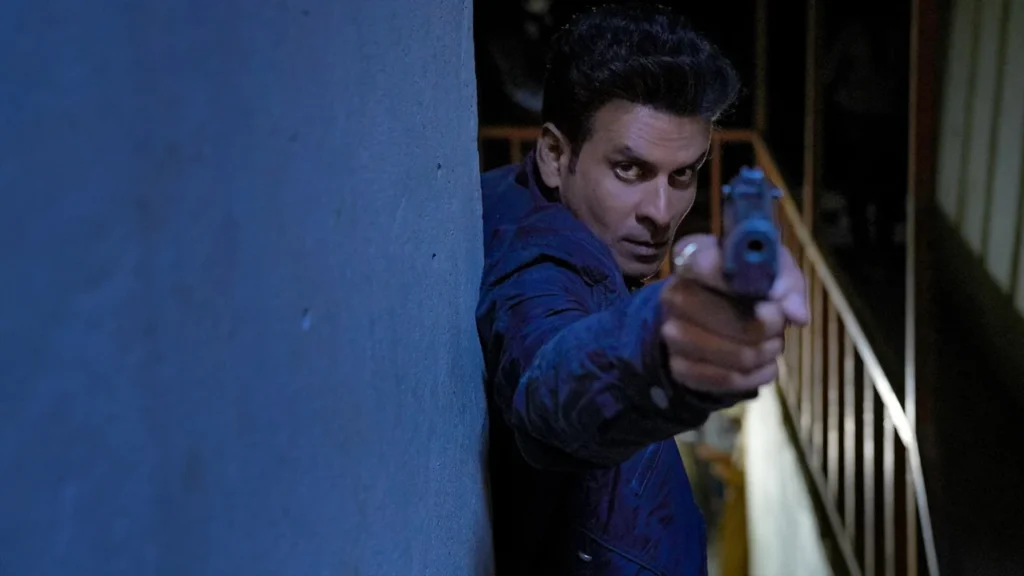
Chemical Hearts (2020) Movie REVIEW: Lili Reinhart’s Heartbreak Drama Still Hurts to Watch
When Chemical Hearts dropped on Amazon Prime Video in late summer 2020, it promised something beyond your standard teen romance. Richard Tanne wrote and directed this adaptation, working from Krystal Sutherland’s book. The casting brings Lili Reinhart and Austin Abrams together as troubled teens navigating first love.
What sets this apart is the decision to embrace an R-rating. This allows the story to show teenage life without filters. Sarah Jones appears as the protagonist’s older sister, offering medical perspective on young love’s intensity.

A Teenager Searching for Stories
Henry Page hasn’t lived much yet. The seventeen-year-old wants to write but feels he lacks experiences worth capturing. His life changes when he meets a transfer student at school.
Grace Town enters carrying visible and invisible burdens. She needs a cane to walk properly. The school assigns them to run the newspaper together, forcing interaction neither initially wants.

Secrets Behind the Surface
Grace keeps her distance from everyone. Slowly, pieces of her past emerge. A tragic car crash took someone she loved. The same accident left her body injured and spirit broken.
I found the film’s refusal to offer quick healing refreshing. Grace doesn’t magically improve because someone new cares about her. Her journey stays messy and incomplete throughout.

Acting That Carries the Weight
Lili Reinhart transforms into someone barely holding together. She makes Grace feel like an actual person, not a plot device. The way she moves, speaks, and withdraws all communicate volumes about grief’s grip.
Austin Abrams brings vulnerability to Henry’s role. He shows how bewildering it feels when you care deeply about someone you can’t fully reach. Their scenes together have genuine tension because both actors commit fully.
Where the Supporting Players Stand
Sarah Jones portrays Sadie, who works in neurosurgery. She explains how teenage brains process intense emotions chemically. The character serves a specific function without much room to expand.
Henry’s friends barely exist beyond occasional comments. His parents fade into the background entirely. The story keeps its lens trained almost exclusively on the central relationship.
Crafting the Look and Sound
The filmmakers shot on actual film stock rather than digital. This gives everything a softer, grainier quality that matches the emotional texture. Colors stay subdued—lots of cool tones and dim lighting.
Beach House provided music that echoes throughout. Their track “Take Care” becomes almost like another character. It plays during pivotal moments, reinforcing the bittersweet atmosphere.
Tackling Difficult Territory
The movie doesn’t dance around tough subjects. Depression, loss, and physical intimacy all get screen time. It shows teenagers using substances and dealing with suicidal thoughts among their peers.
That said, some metaphors get hammered home too obviously. Henry fixes broken pottery as a hobby, which obviously mirrors his desire to fix Grace. Her visible injuries standing in for emotional ones feels a bit too neat.
When the Pace Drags
My main frustration came from how slowly things moved. Certain stretches felt repetitive, with similar conversations happening multiple times. The runtime isn’t excessive, but it feels longer than it is.
The dialogue occasionally reaches for poetic heights that sound unnatural. Real teenagers don’t typically speak in quotable phrases. Some exchanges felt written for impact rather than authenticity.
How Critics Responded
Rotten Tomatoes collected nearly 100 reviews, with 60% leaning positive. The average score landed around 5.7 out of 10. Metacritic compiled scores reaching 57, suggesting divided opinions.
One Roger Ebert critic described Reinhart’s work as revelatory, praising her ability to avoid typical character tropes. The San Francisco Chronicle highlighted the film’s willingness to engage seriously with teenage emotional chaos. Variety pushed back, arguing the serious tone masked a lack of genuine depth.
Viewers Had Mixed Feelings
Many younger viewers connected with the realistic portrayal of heartbreak. Social media showed people sharing how the film made them cry. Reinhart’s existing fanbase mostly embraced her expanded range here.
Others struggled with the downbeat mood. Comments mentioned feeling exhausted by the sadness. Some questioned whether the film exploited mental health struggles for drama. The ending left many wanting more resolution than provided.
Rating: 3.5/5










